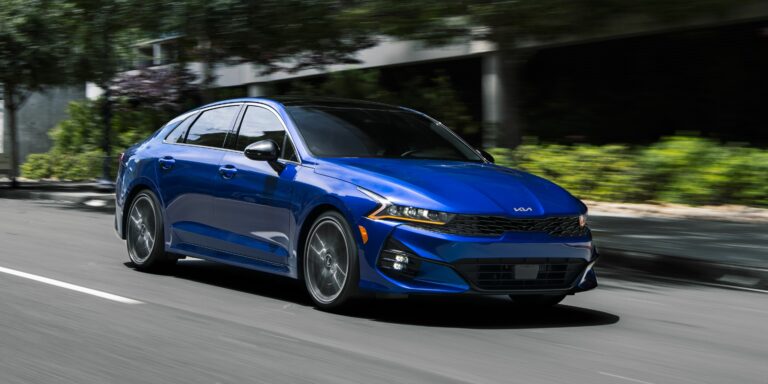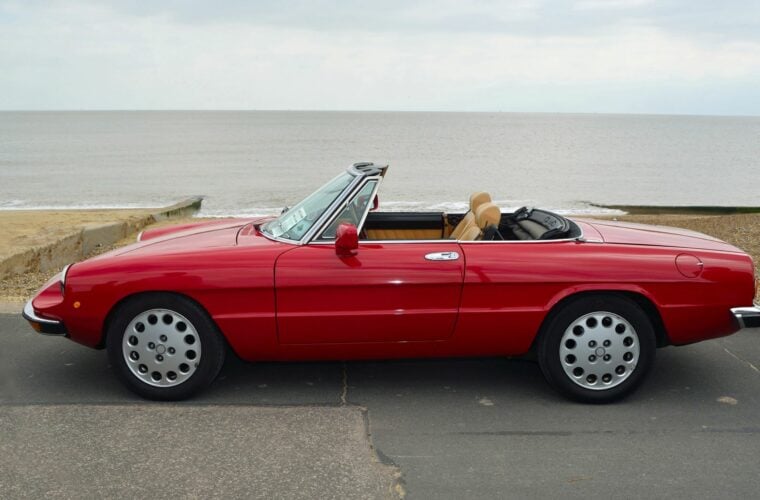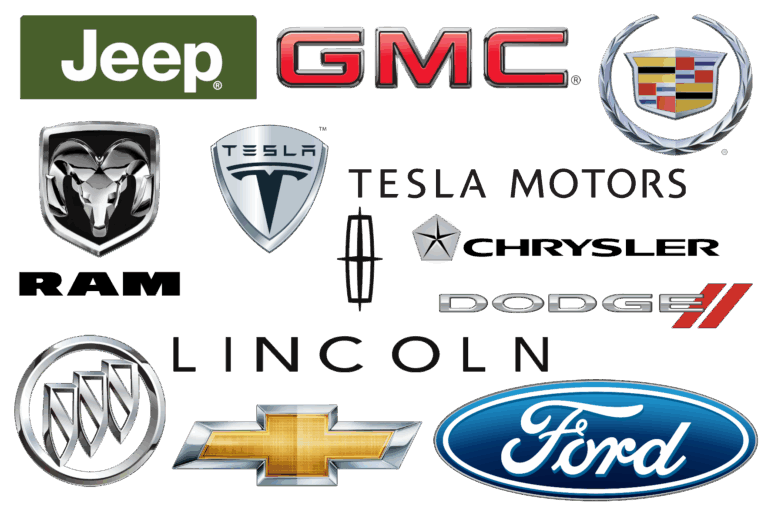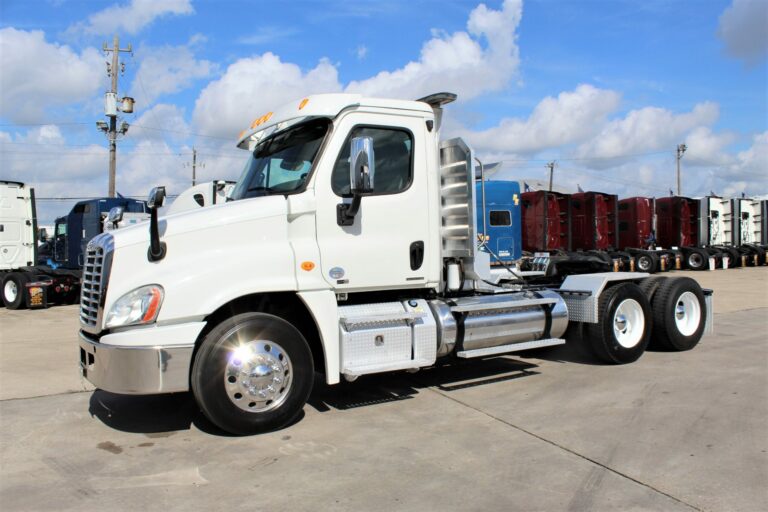Best Car Battery Brand 2018: A Comprehensive Guide to Powering Your Ride
Best Car Battery Brand 2018: A Comprehensive Guide to Powering Your Ride cars.truckstrend.com
The car battery, often an overlooked component, is the beating heart of your vehicle’s electrical system. Without a reliable battery, your engine won’t crank, your lights won’t shine, and your day won’t start. In 2018, as automotive technology continued its rapid evolution, choosing the "best" car battery brand wasn’t just about cranking power; it involved considerations of durability, lifespan, specific vehicle requirements, and value. This comprehensive guide aims to dissect the landscape of car batteries in 2018, helping you understand what made a brand stand out and how to make an informed decision for your vehicle’s needs.
The Crucial Role of Your Car Battery in 2018
Best Car Battery Brand 2018: A Comprehensive Guide to Powering Your Ride
A car battery’s primary function is to provide the initial burst of power needed to start the engine. Once the engine is running, the alternator takes over, supplying power to the electrical systems and recharging the battery. However, the battery also plays a critical role in stabilizing voltage and powering accessories when the engine is off. In 2018, with more vehicles integrating advanced electronics, start-stop systems, and power-hungry infotainment units, the demand on car batteries was higher than ever, making the choice of a robust and reliable brand paramount. A failing battery could lead to inconvenient breakdowns, costly repairs, and a significant disruption to your daily routine.
Understanding Key Car Battery Metrics (as of 2018)
When evaluating car batteries in 2018, several key metrics were crucial to understanding their performance capabilities:
- Cold Cranking Amps (CCA): This is arguably the most important metric. CCA measures the number of amperes a battery can deliver for 30 seconds at 0°F (-18°C) while maintaining a voltage of at least 7.2 volts. A higher CCA rating indicates better starting power, especially in cold climates where engine oil thickens and battery chemical reactions slow down.
- Cranking Amps (CA): Similar to CCA, but measured at 32°F (0°C). CA ratings are always higher than CCA ratings for the same battery. While useful, CCA is generally the more critical figure for real-world performance.
- Reserve Capacity (RC): RC indicates how long (in minutes) a battery can continuously supply a minimum of 25 amperes at 80°F (27°C) before its voltage drops below 10.5 volts. A higher RC means the battery can power essential accessories (like headlights) for a longer period if the alternator fails or when the engine is off.
- Amp-Hours (Ah): This metric represents the battery’s total energy storage capacity. While more common for deep-cycle batteries, it’s also a general indicator of a starting battery’s overall capacity.
- Group Size: This refers to the battery’s physical dimensions (length, width, height) and terminal configuration. It’s crucial to match the group size recommended by your vehicle manufacturer to ensure proper fit and connection.

Factors to Consider When Choosing a Car Battery in 2018
Selecting the "best" battery wasn’t a one-size-fits-all scenario in 2018. Several factors influenced the ideal choice for a particular vehicle and driver:
- Vehicle Compatibility: Always consult your car’s owner’s manual or a reputable battery fitment guide. The specified Group Size, CCA, and RC ratings are critical for optimal performance and longevity.
- Climate Conditions: If you lived in a region with extremely cold winters, prioritizing a battery with a high CCA rating was essential. For hot climates, a battery with good heat resistance and a high RC could be more beneficial, as heat is a major cause of battery degradation.
- Driving Habits: If you primarily made short trips, your alternator might not have enough time to fully recharge the battery, potentially shortening its lifespan. For such scenarios, a battery with robust charge acceptance or a higher RC might have been advantageous.
- Battery Type: In 2018, the main types available were:
- Flooded Lead-Acid (SLA/WET): The most common and affordable type, requiring occasional maintenance (checking and topping off electrolyte levels).
- Absorbed Glass Mat (AGM): More expensive but offered superior performance, vibration resistance, longer lifespan, and were maintenance-free and spill-proof. Ideal for modern vehicles with start-stop technology or extensive electronic accessories.
- Enhanced Flooded Battery (EFB): A step up from traditional flooded batteries, designed for basic start-stop vehicles, offering better cycle life than standard flooded batteries but less than AGMs.

- Warranty: A longer warranty period often indicated the manufacturer’s confidence in their product’s durability. In 2018, warranties typically ranged from 1 to 5 years, with prorated options.
- Manufacture Date: Look for a fresh battery. Batteries lose charge and degrade over time, even when sitting on a shelf. A date code (often a letter for the month and a number for the year) indicated when the battery was produced.

Top Contenders for Best Car Battery Brand 2018
Based on reliability, performance, consumer reviews, and industry standing in 2018, several brands consistently stood out:
- Optima Batteries:
- Why they were great in 2018: Optima was synonymous with high-performance AGM technology. Their unique SpiralCell design offered superior vibration resistance and faster recharging. The RedTop was ideal for starting applications, the YellowTop for deep-cycle and high-accessory vehicles (like those with powerful audio systems or winches), and the BlueTop for marine and RV applications. They were often pricier but justified the cost with exceptional durability and power.
- Odyssey Batteries:
- Why they were great in 2018: Odyssey, manufactured by EnerSys, was a premium AGM brand known for extreme durability, very high CCAs, and impressive reserve capacity. They utilized Thin Plate Pure Lead (TPPL) technology, which packed more power into a smaller footprint and offered an incredibly long service life, often exceeding 5-7 years. They were a top choice for demanding applications, off-road vehicles, and enthusiasts seeking the ultimate in reliability.
- Interstate Batteries:
- Why they were great in 2018: A ubiquitous brand with a vast distribution network, Interstate offered a wide range of batteries for various applications. They were known for their consistent quality, reliable performance, and strong warranties. Their Mega-Tron and Mega-Tron Plus lines were popular choices, providing excellent starting power and reserve capacity for everyday drivers.
- DieHard Batteries (Sears/Advance Auto Parts):
- Why they were great in 2018: DieHard had a long-standing reputation for reliability. While originally a Sears brand, by 2018, they were also widely available at Advance Auto Parts. Their DieHard Platinum (often an Odyssey rebrand or similar high-performance AGM) was highly regarded for its robust construction and long lifespan. The DieHard Gold offered a strong balance of performance and value for general use.
- ACDelco:
- Why they were great in 2018: As the original equipment (OE) supplier for General Motors vehicles, ACDelco batteries were known for their dependable performance and precise fitment. Their Professional and Advantage series offered reliable starting power and good value, making them a solid choice for a wide range of vehicles, not just GM models.
- Duralast (AutoZone) / EverStart (Walmart):
- Why they were great in 2018: These store brands were popular for their widespread availability, competitive pricing, and decent performance. Often manufactured by major battery companies, they offered a cost-effective solution for many drivers. While not always at the absolute top for extreme performance, they provided reliable service for daily driving and came with reasonable warranties.
Practical Advice and Actionable Insights
- Match Specs, Don’t Just Buy a Brand: While a brand might be "best" overall, it’s crucial to select the specific model that meets your vehicle’s Group Size, CCA, and RC requirements.
- Check the Date Code: Always ensure you’re buying a fresh battery. A battery manufactured within the last 3-6 months is ideal.
- Consider Your Driving: If you have a modern car with start-stop, or regularly use many accessories, invest in an AGM battery for better longevity and performance.
- Don’t Skimp on Quality: A cheaper battery might save you money upfront, but it could lead to premature failure and more hassle down the road.
- Proper Installation is Key: Ensure terminals are clean and connections are tight to prevent power loss and extend battery life.
Installation and Maintenance Tips
- Safety First: Always wear safety glasses and gloves when handling batteries. Disconnect the negative terminal first, then the positive. When reconnecting, attach the positive first, then the negative.
- Clean Terminals: Regularly inspect terminals for corrosion. A mixture of baking soda and water can clean them effectively. Apply a thin layer of anti-corrosion grease after cleaning.
- Check Voltage: Use a multimeter to check your battery’s voltage periodically. A fully charged 12V battery should read around 12.6V or higher.
- Trickle Charge for Storage: If your vehicle will be stored for an extended period, use a smart trickle charger to maintain the battery’s charge and prevent sulfation.
- Avoid Deep Discharges: Repeatedly draining the battery completely can significantly shorten its lifespan.
Challenges and Solutions
- Premature Failure: Even the best brands can fail. This might be due to a faulty alternator, parasitic drains, or extreme temperatures. A proper diagnostic check can identify the root cause. Most reputable brands offer warranties for premature failure.
- Corrosion: Caused by hydrogen gas escaping from the battery and reacting with the terminals. Regular cleaning and anti-corrosion sprays or washers can prevent this.
- Cold Weather Starting Issues: If your battery struggles in cold weather, it might be undersized for your climate, or simply old. Opting for a higher CCA battery or getting a battery tender for winter can help.
- Choosing for Specialized Vehicles: Heavily modified vehicles, those with extensive aftermarket electronics, or vehicles with high-performance engines often require specific battery types (like deep-cycle AGMs) to handle the increased electrical load.
Best Car Battery Brand 2018: Estimated Price Table
Please note that these are estimated average retail prices for 2018 and could vary significantly based on specific model, retailer, promotions, and location.
| Brand | Model/Type (Typical) | CCA Range (Typical) | Reserve Capacity (RC) Range (Minutes) | Typical Lifespan (Years) | Warranty (Years) | Estimated 2018 Price Range (USD) |
|---|---|---|---|---|---|---|
| Optima | RedTop (Starting) | 720-800 | 90-100 | 3-5+ | 3 | $180 – $250 |
| YellowTop (Deep Cycle) | 750-800 | 120-140 | 4-6+ | 3 | $200 – $300 | |
| Odyssey | PC Series (AGM) | 750-950 | 120-170 | 5-8+ | 3-4 | $250 – $400+ |
| Interstate | Mega-Tron Plus (SLA) | 700-800 | 120-140 | 3-5 | 2-3 | $120 – $180 |
| AGM (MTX/MTP) | 700-850 | 120-150 | 4-6 | 3-4 | $180 – $250 | |
| DieHard | Gold (SLA) | 650-800 | 110-140 | 3-5 | 3 | $100 – $160 |
| Platinum (AGM) | 775-850 | 135-150 | 4-6+ | 3-4 | $200 – $300 | |
| ACDelco | Professional (SLA) | 600-750 | 100-130 | 3-5 | 2-3 | $90 – $150 |
| AGM (AGM) | 650-775 | 110-135 | 4-6 | 3-4 | $150 – $220 | |
| Duralast | Gold (SLA) | 650-750 | 110-130 | 2-4 | 2-3 | $100 – $160 |
| Platinum (AGM) | 700-800 | 120-140 | 3-5 | 3 | $160 – $230 | |
| EverStart | Maxx (SLA) | 600-750 | 100-130 | 2-4 | 2-3 | $90 – $140 |
| Platinum (AGM) | 650-780 | 110-140 | 3-5 | 3 | $140 – $200 |
Frequently Asked Questions (FAQ) about Car Batteries in 2018
Q1: How often should I replace my car battery?
A1: In 2018, the average lifespan of a car battery was typically 3 to 5 years, though this could vary significantly based on climate, driving habits, and battery type. Extreme heat often shortens battery life more than extreme cold.
Q2: What’s the difference between CCA and RC?
A2: CCA (Cold Cranking Amps) measures the battery’s ability to start your engine in cold weather. RC (Reserve Capacity) measures how long your battery can power essential accessories if your alternator fails or when the engine is off. Both are important for different aspects of battery performance.
Q3: Can I put a higher CCA battery in my car than recommended?
A3: Yes, generally, installing a battery with a higher CCA rating than your car’s original equipment manufacturer (OEM) recommendation is fine and often beneficial, especially in cold climates. It provides more starting power without harming your vehicle. However, ensure the physical size (Group Size) and terminal configuration match.
Q4: What causes a car battery to die prematurely?
A4: Common causes include extreme temperatures (especially heat), repeated deep discharges (e.g., leaving lights on), short trips that don’t allow full recharging, parasitic drains (components drawing power when the car is off), faulty alternators, and simply old age.
Q5: How do I know if my battery is dying?
A5: Signs include slow engine cranking, dim headlights or interior lights, the battery light illuminating on your dashboard, corrosion on battery terminals, and an audible clicking sound when trying to start the car. A professional battery test can confirm its health.
Q6: Is it worth paying more for an AGM battery?
A6: In 2018, AGM batteries were generally more expensive but offered significant advantages: longer lifespan, better vibration resistance, faster recharging, spill-proof design, and superior performance in high-demand applications (like vehicles with start-stop technology or numerous electronic accessories). For many drivers, the increased cost was justified by enhanced reliability and longevity.
Conclusion
In 2018, choosing the best car battery brand was about balancing performance, durability, and value. Brands like Optima and Odyssey led the premium segment with their advanced AGM technologies, offering unparalleled reliability and lifespan. For everyday drivers, Interstate, DieHard, and ACDelco provided robust and trustworthy options, while store brands like Duralast and EverStart offered accessible and decent performance.
Ultimately, the "best" battery was the one that perfectly matched your vehicle’s specifications, your driving conditions, and your budget, ensuring reliable starts and consistent power for years to come. By understanding the key metrics, considering essential factors, and choosing a reputable brand, drivers in 2018 could confidently power their journeys and avoid the unwelcome surprise of a dead battery.





